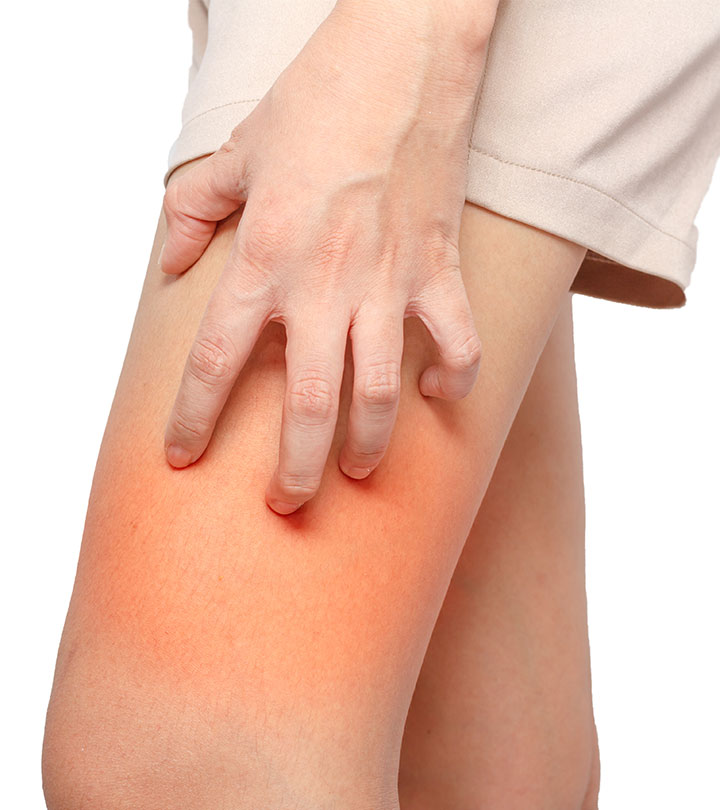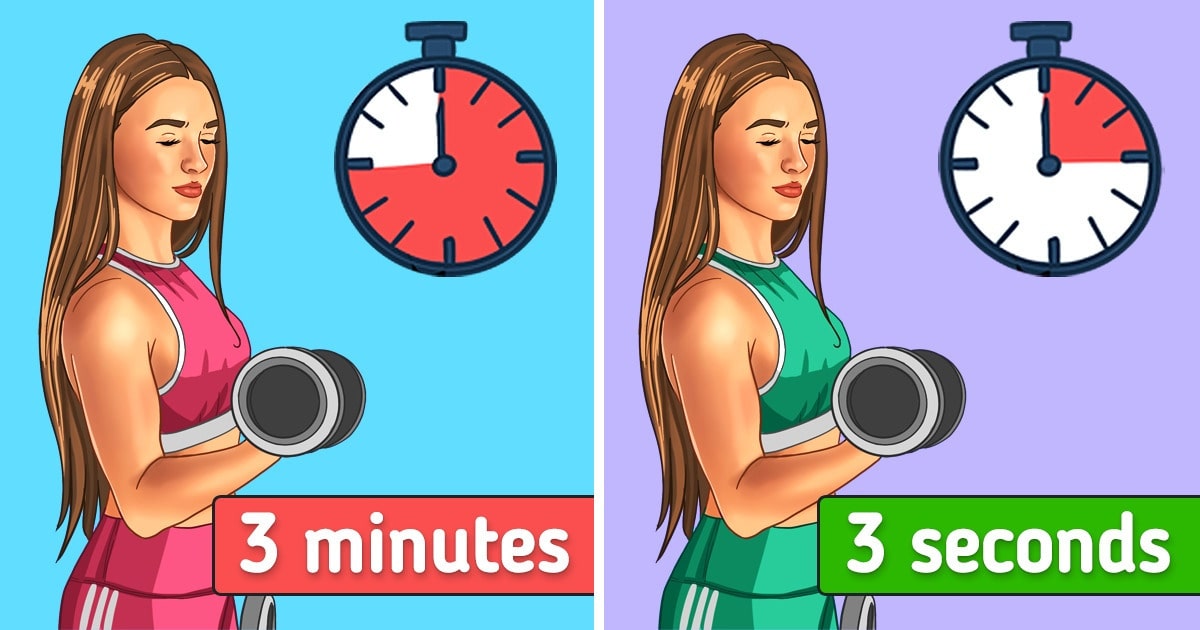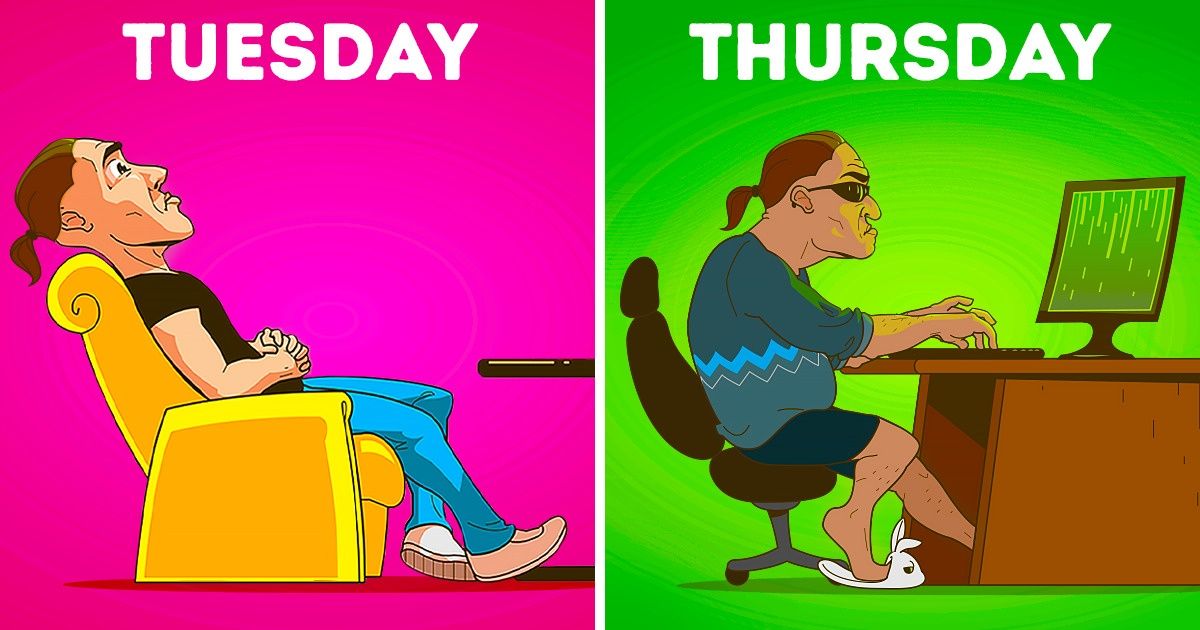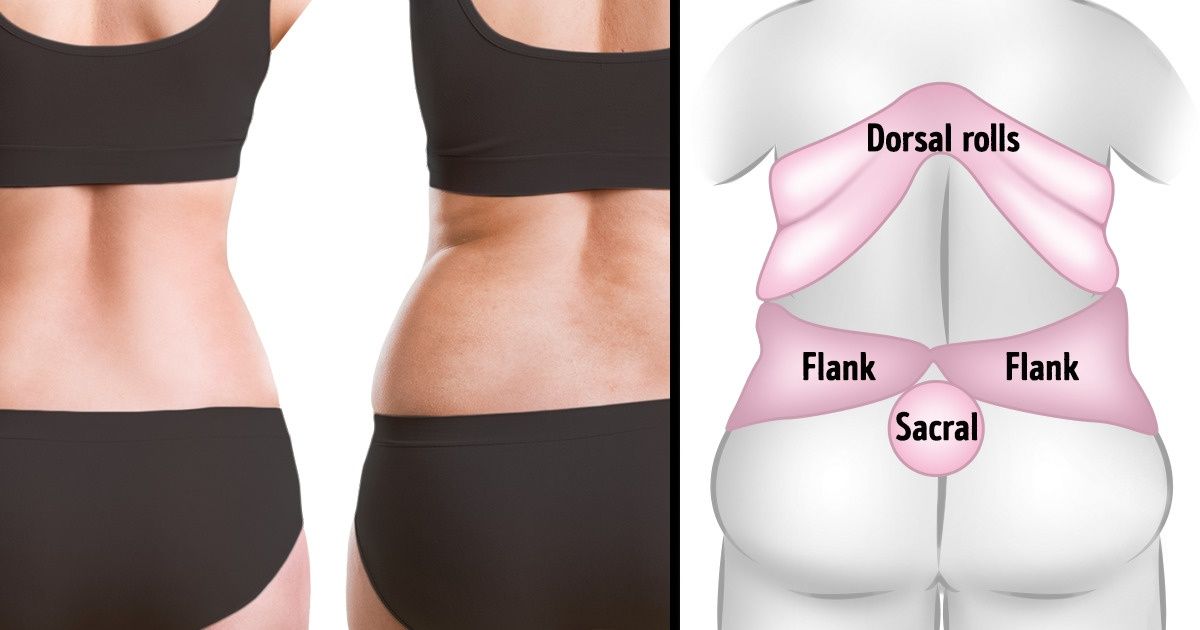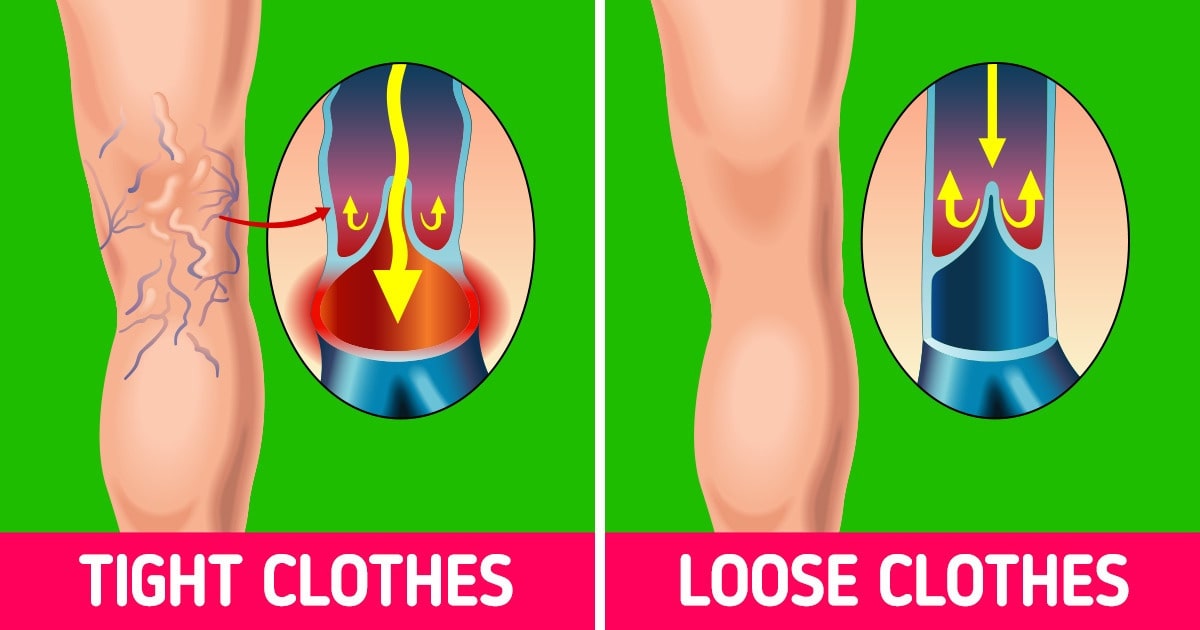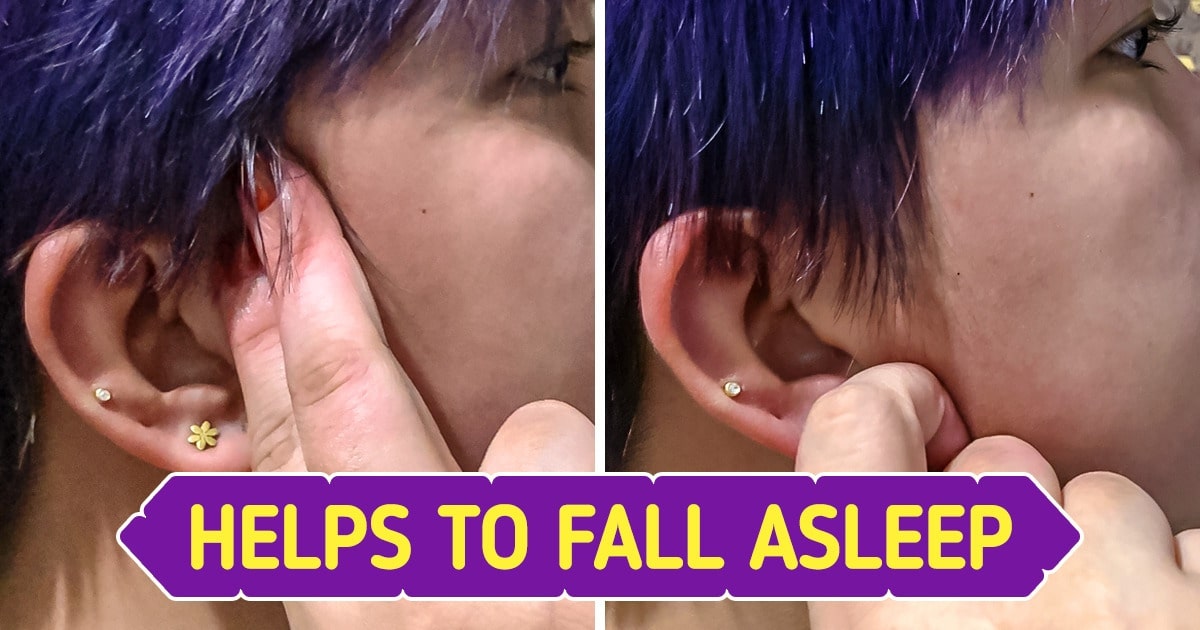Waking up with a puffy face or swollen eyes can knock your confidence and make you feel self-conscious all day. Whether it’s due to late nights, high-sodium meals, hormonal changes, or just poor circulation, facial puffiness is a common concern. The good news is that you don’t need expensive spa treatments or invasive procedures to achieve a sculpted, refreshed look. In this comprehensive guide, we’ll share six simple, science-backed strategies—each designed to target fluid retention, boost circulation, and soothe inflammation—so you can reduce facial swelling and reveal your natural glow.
How To Reduce Face Puffiness
Perform a 3‑Minute Lymphatic Drainage Facial Massage
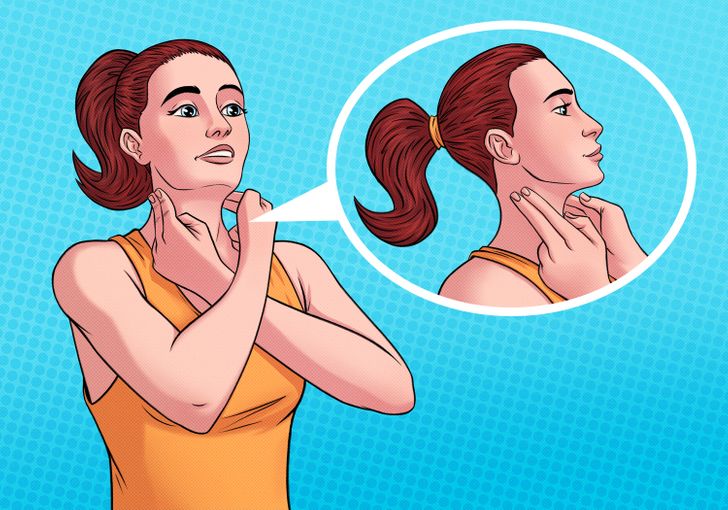
Lymphatic drainage massage is one of the fastest, most effective ways to reduce under-eye bags and cheek puffiness. By gently stimulating the lymphatic vessels, you help move excess fluid out of facial tissues and into the lymph nodes for elimination.
How to perform a quick routine:
- Cleanse and apply a facial oil or lightweight moisturizer for smooth strokes.
- Begin at the center of your face: place your fingertips beside your nose and glide outward toward the temples.
- Move to the under-eye area: use your ring finger to apply light pressure, sweeping from the inner corner toward the outer edge.
- Massage your jawline: stroke from the chin along the jaw to the earlobes.
- Finish at the neck: sweep downward from behind the ears to the collarbone to encourage drainage.
Repeat each stroke 5–7 times in a total of three minutes. For added benefits, use a jade roller or gua sha tool—these help enhance circulation and sculpt facial contours. Consistent practice not only reduces puffiness but also promotes collagen production and supports natural detoxification. For detailed visuals, refer to this Healthline tutorial on lymphatic drainage massage.
Use Vitamin K Cream to Target Under‑Eye Puffiness
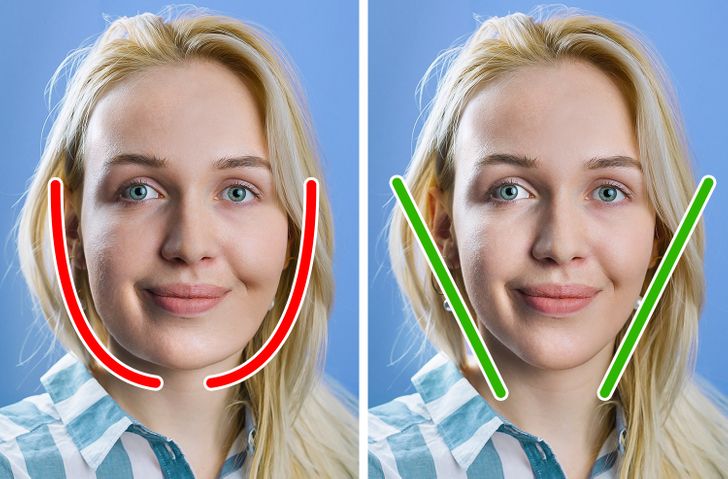
Vitamin K is a powerful ingredient for strengthening capillary walls and reducing fluid leakage under the eyes. When blood pools beneath the delicate orbital skin, it creates dark circles and swelling. A topical Vitamin K cream can help:
- Reinforce capillary integrity, minimizing blood seepage
- Speed up the resolution of bruising and post-treatment inflammation
- Enhance skin firmness and elasticity
How to apply: after cleansing and toning, pat a pea‑sized amount of Vitamin K cream around the orbital bone. Gently tap with your ring finger until fully absorbed, then follow with your regular moisturizer. For best results, use twice daily—morning and evening.
Look for products that combine Vitamin K with soothing botanicals like chamomile or arnica to further calm inflammation. According to the American Academy of Dermatology, topical Vitamin K has been shown to improve microcirculation and reduce the appearance of dark circles. Incorporating this dermatologist-recommended skincare step can transform tired, puffy eyes into bright, refreshed ones.
Consume Both Potassium and Sodium in Balance
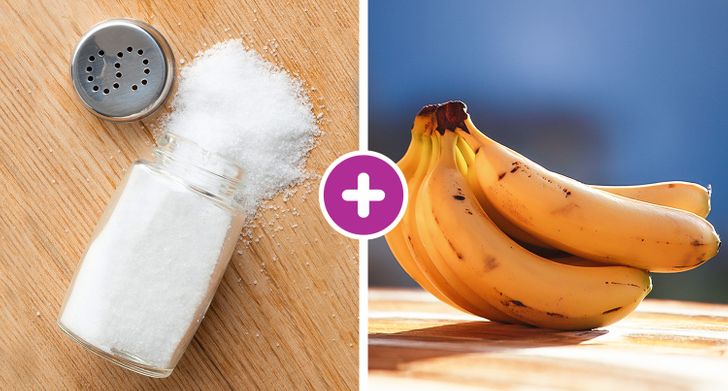
Diet plays a crucial role in fluid retention and facial bloating. While sodium attracts water and promotes swelling, potassium helps your body excrete excess fluid through the kidneys. To optimize electrolyte balance:
- Increase potassium intake with bananas, avocados, spinach, sweet potatoes, and coconut water.
- Limit processed foods, canned soups, and fast food that are high in sodium.
- Aim for a daily potassium-to-sodium ratio of approximately 2:1 (for every 1,500 mg of sodium, consume 3,000 mg of potassium).
Staying hydrated with plain water and herbal teas supports natural detoxification. You can also enjoy a homemade “de-puff” smoothie: blend banana, cucumber, spinach, coconut water, and a squeeze of lemon. Harvard Health emphasizes that balancing these electrolytes reduces bloating, supports healthy blood pressure, and contributes to overall skin wellness. By making simple dietary adjustments, you’ll notice less facial swelling and improved skin clarity.
Avoid Washing Your Face in the Shower
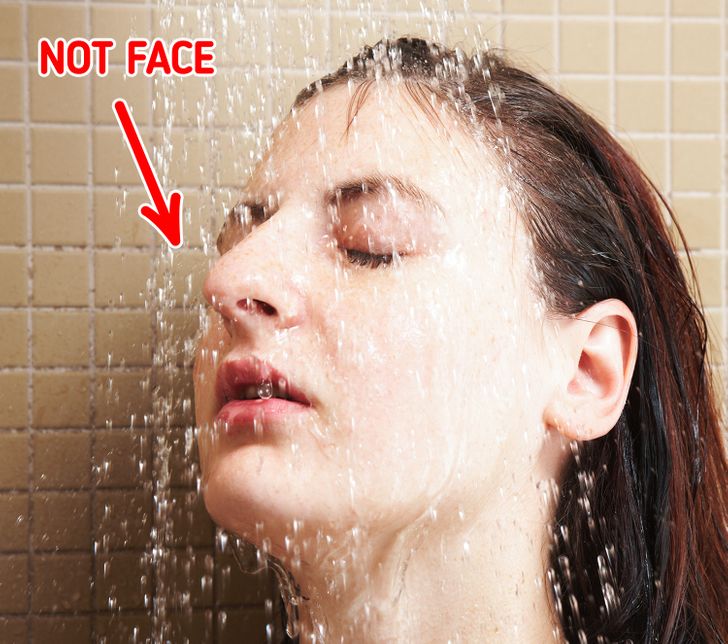
Hot, high-pressure showers may feel luxurious, but they can strip your skin of essential oils and compromise the moisture barrier. When your skin barrier is weakened, it overcompensates by holding onto water, leading to puffiness and irritation—especially around the sensitive eye area.
Instead of washing your face in the shower:
- Use lukewarm water at a sink or basin.
- Choose a gentle, pH-balanced cleanser with ceramides or hyaluronic acid.
- Pat your face dry with a soft, clean towel—avoid rubbing.
This approach preserves your skin’s natural lipids and prevents sudden temperature changes that dilate blood vessels and trigger swelling. If you love shower skincare rituals, finish with a quick cool rinse to constrict pores and calm inflammation. Switching to this method helps maintain a strong skin barrier, reducing redness, puffiness, and the risk of broken capillaries.
Make Your Shower Less Hot to Reduce Facial Inflammation
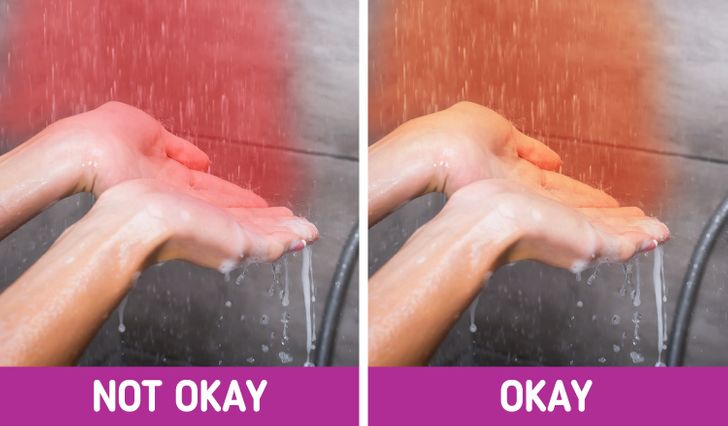
Scorching hot showers can exacerbate facial swelling by dilating blood vessels and increasing redness. In contrast, warm-to-cool water soothes inflammation, tightens pores, and supports skin health. To adjust your shower routine:
- Lower the water temperature by a few degrees—aim for comfortably warm, not hot.
- Limit shower time to 10–15 minutes to avoid over-drying your skin.
- Finish with a 30‑second blast of cool water focused on your face and neck.
Consider swapping harsh body washes for anti-inflammatory cleansers containing green tea, chamomile, or colloidal oatmeal. A study published in the Journal of Cosmetic Dermatology found that cooler water preserves natural oils, reduces acute inflammation, and leads to a more resilient complexion. By moderating your shower temperature, you’ll soothe existing puffiness and protect your skin from long-term damage.
Modulate Estrogen Naturally to Reduce Hormonal Puffiness
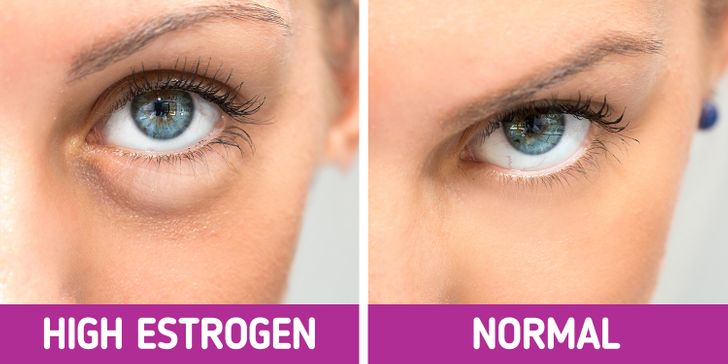
Hormonal fluctuations—especially elevated estrogen—can cause your body to retain fluid, resulting in facial bloating. Many women notice increased puffiness around their menstrual cycle, during pregnancy, or through menopause. To support hormonal balance:
- Include phytoestrogen-rich foods like flaxseeds, soybeans, and chickpeas.
- Add adaptogenic herbs such as ashwagandha and maca root to your diet or morning smoothie.
- Exercise regularly—30 minutes of brisk walking, yoga, or strength training can stabilize hormone levels.
- Manage stress with meditation, deep breathing exercises, or journaling, as cortisol spikes can disrupt estrogen balance.
- Avoid endocrine disruptors found in certain plastics (BPA) and harsh skincare products with parabens or phthalates.
If facial swelling persists and you suspect a hormonal cause, consult a healthcare professional for personalized testing and guidance. Balancing estrogen not only diminishes puffiness but also promotes clearer skin, improved mood, and overall well-being.
Conclusion
Facial puffiness doesn’t have to be a permanent concern. By integrating these six dermatologist-backed strategies into your daily routine—lymphatic drainage massage, targeted Vitamin K treatments, balanced electrolytes, mindful cleansing habits, moderated shower temperatures, and natural hormone support—you’ll tackle the root causes of swelling and reveal a brighter, more sculpted complexion.
Key Takeaways:
- Three minutes of lymphatic massage can jump-start fluid drainage and boost collagen.
- Vitamin K cream strengthens capillaries and reduces under-eye bags.
- Balancing potassium and sodium in your diet flushes excess fluid.
- Washing your face outside the shower protects your moisture barrier.
- Cooler showers soothe inflammation and preserve skin health.
- Natural estrogen modulation reduces hormonal water retention.
Ready to say goodbye to puffiness? Try these tips for two weeks and share your results in the comments below. For more expert skincare advice, subscribe to our newsletter and follow us on social media!
Preview photo credit Depositphotos.com


